- +86-19941574798
- sale06@kfqizhongji.com
Semiconductor Workshop Equipment
Photolithography Machine Polyurethane Guide Wheel
Photolithography machine polyurethane guide wheels are critical components in semiconductor manufacturing, ensuring contamination-free, ultra-precise movement in photolithography systems.
Photolithography machine polyurethane guide wheels are critical components in semiconductor manufacturing, ensuring contamination-free, ultra-precise movement in photolithography systems. These wheels enable nanometer-scale accuracy during wafer patterning, directly impacting chip performance and yield. Below, we explore their design, roles, and key features in cleanroom environments.
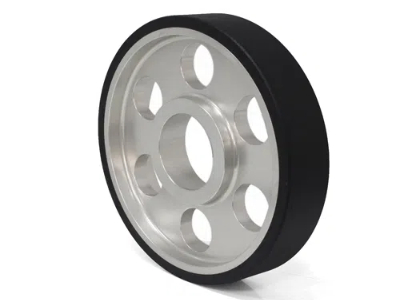
Precision alignment for nanoscale patterning
Semiconductor PU wheels maintain the exact positioning of wafer stages during exposure processes. Their ultra-tight tolerances and smooth polyurethane surfaces ensure frictionless contact with rails, minimizing alignment errors. This precision is vital for patterning intricate circuits on silicon wafers, where deviations as small as 1nm can render chips defective.
Dust-free design for iso class 1-9 cleanroom
Polyurethane guide wheels feature non-porous, non-shedding polyurethane coatings bonded to stainless steel cores. This eliminates particle generation, complying with iso class 1-9 standards. Contamination control is critical in photolithography, where even a single speck of dust can disrupt UV light paths or mask patterns.
Anti-static properties for ESD-sensitive wafers
Photolithography machine polyurethane guide wheels incorporate conductive additives to dissipate electrostatic charges. This prevents electrostatic discharge (ESD) that could damage sensitive photoresist layers or transistor arrays. Such protection is essential when handling unshielded wafers in low-humidity cleanrooms.
Stainless steel core for stability and longevity
Polyurethane-coating wheels utilize 316L-grade stainless steel cores for unmatched rigidity and corrosion resistance. The metal-urethane bond prevents warping under thermal fluctuations common in lithography chambers, ensuring consistent performance during repeated exposure cycles.
Low vibration for sub-micron accuracy
Polyurethane-covered roller wheels dampen vibrations from high-speed stage movements. The polyurethane’s shock-absorbing properties stabilize wafer stages during rapid acceleration, preventing blurring in UV lithography patterns. This is crucial for EUV (extreme ultraviolet) systems, where vibration-induced errors are magnified.
Chemical resistance to harsh cleaning protocols
Urethane wheels resist solvents like acetone, isopropyl alcohol, and plasma byproducts used in chamber cleaning. Their non-reactive surfaces retain integrity despite daily sanitization, reducing downtime in fabrication facilities (fabs) with aggressive maintenance schedules.

Low flame retardant compliance for laser safety
Photolithography poly guide wheels meet UL 94 V-0 flame-retardant standards, minimizing ignition risks near high-energy UV or EUV lasers. Their self-extinguishing properties ensure safety in oxygen-controlled environments, aligning with semiconductor fab safety protocols.
Longevity in 24/7 high-precision operations
Polyurethane guide wheels resist abrasion and deformation, even under continuous use. Their wear-resistant design reduces replacement frequency, which is critical for fabs operating with minimal downtime to meet global chip demand.
Photolithography machine polyurethane guide wheels are indispensable in semiconductor manufacturing, where precision, cleanliness, and reliability define success. From anti-static alignment systems to vibration-dampening mechanisms, their advanced engineering addresses the extreme demands of photolithography. By integrating these wheels, fabs enhance yield rates, reduce defects, and maintain compliance in the world’s most controlled environments.


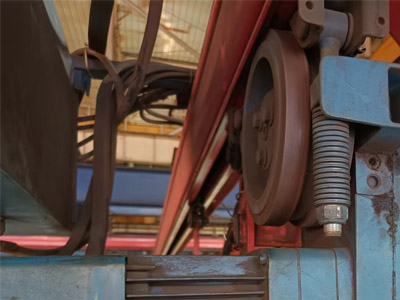
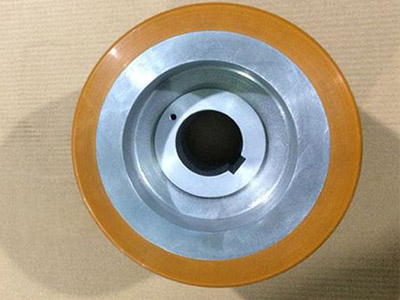
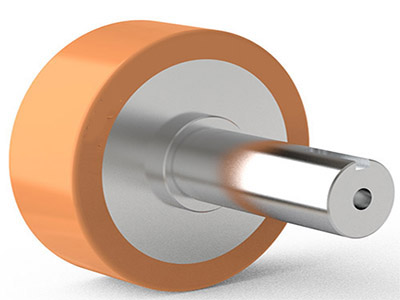
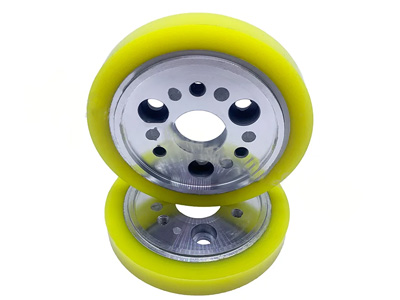
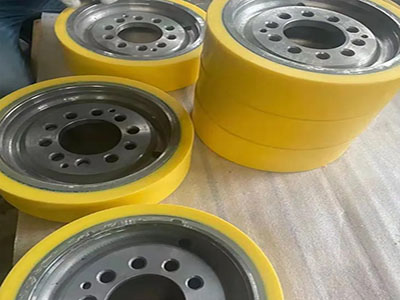
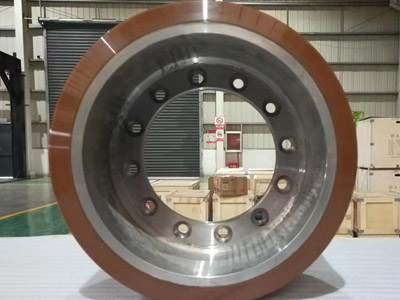
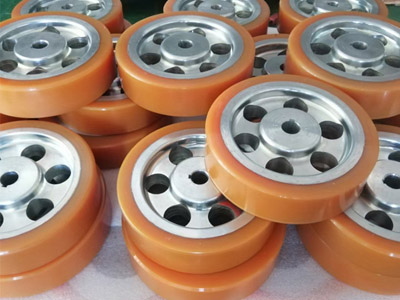



LCD Panel Cleanroom Polyurethane Drive Wheel
none